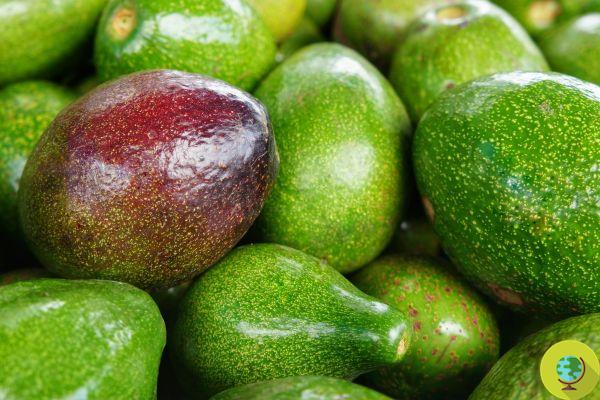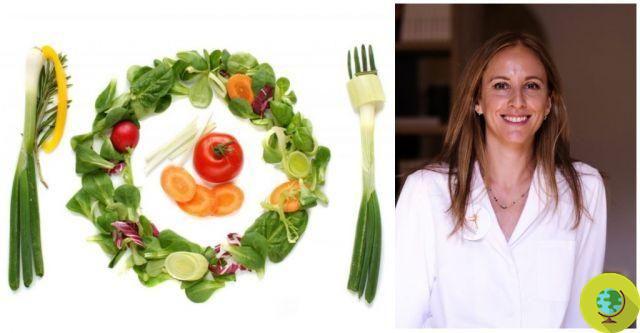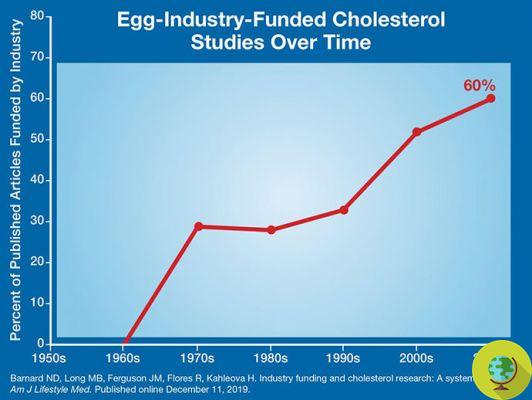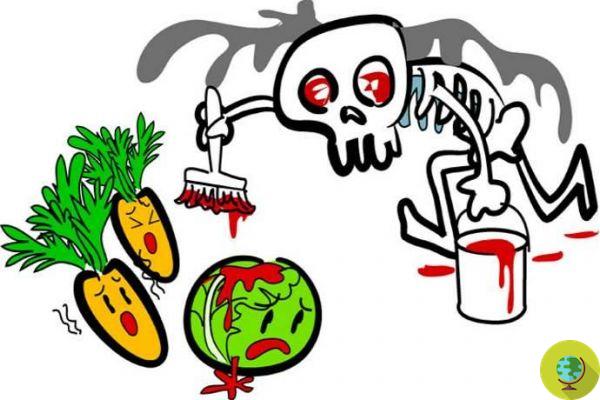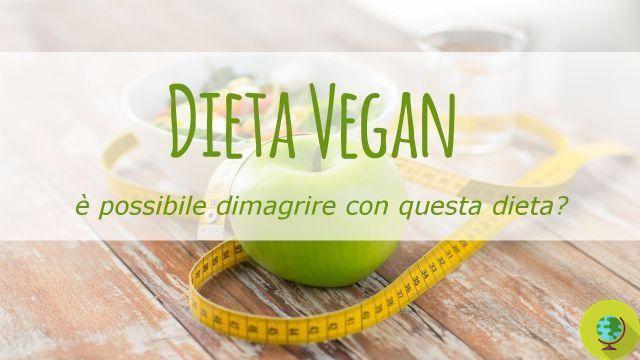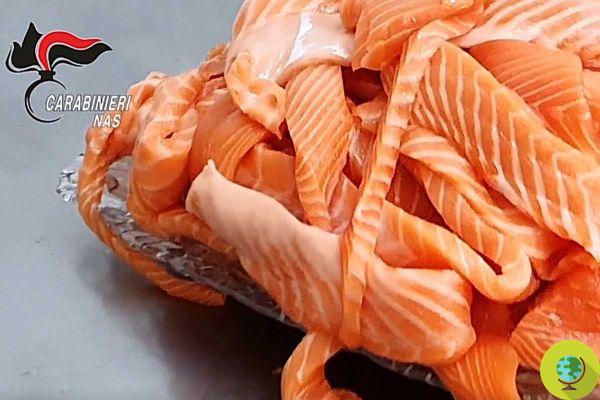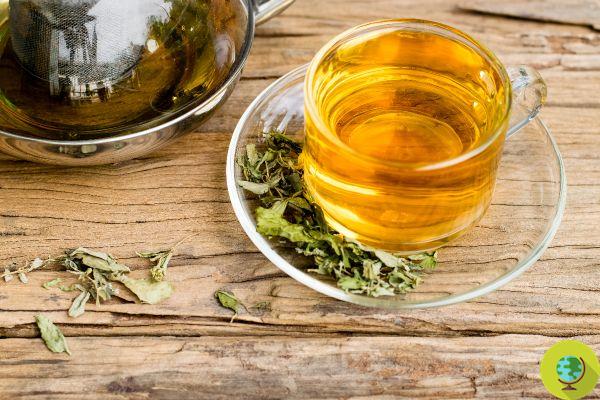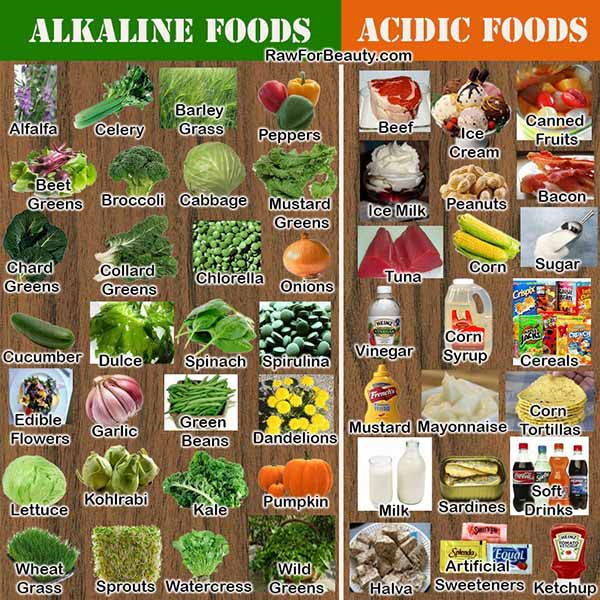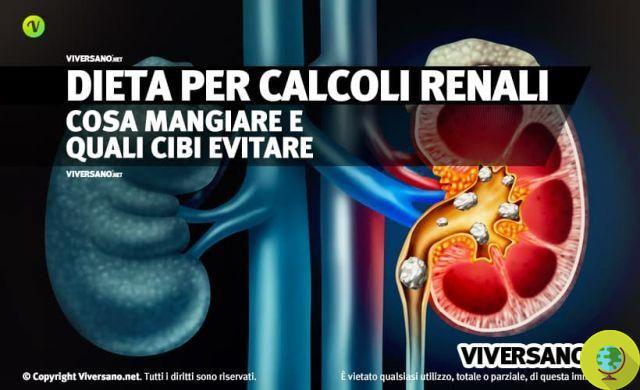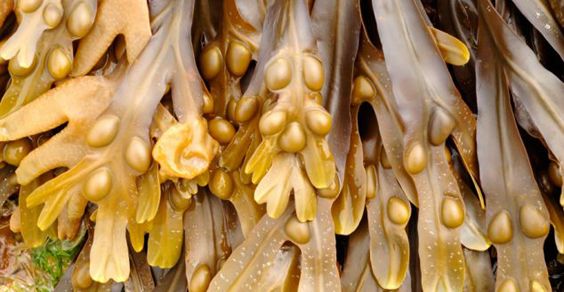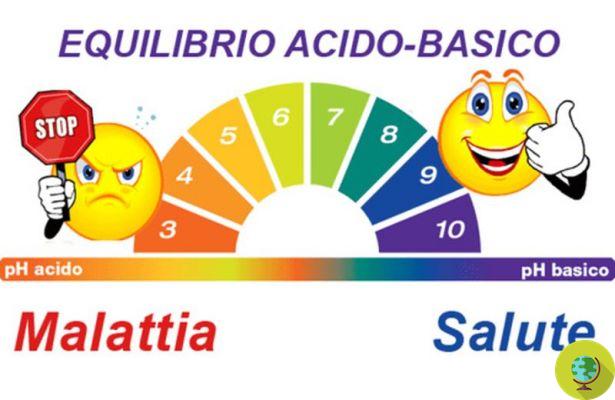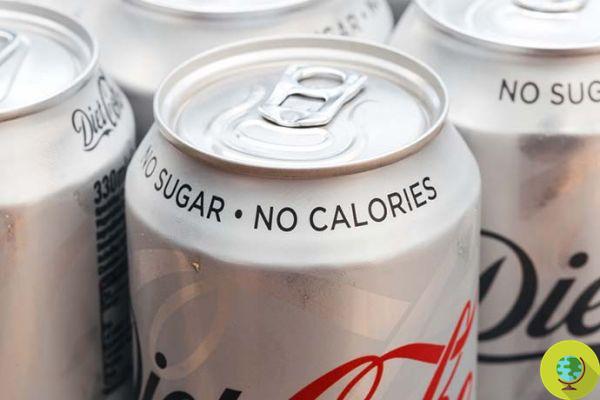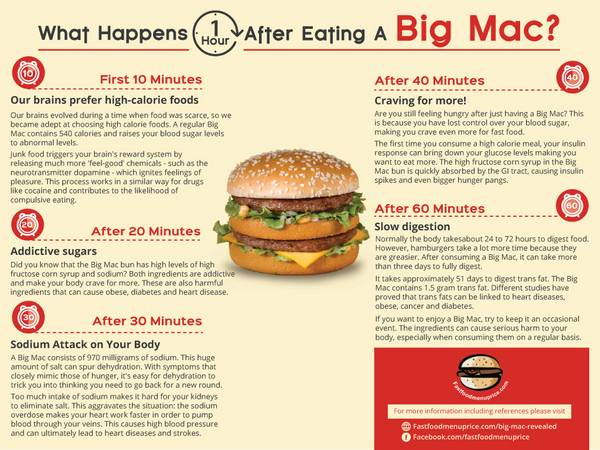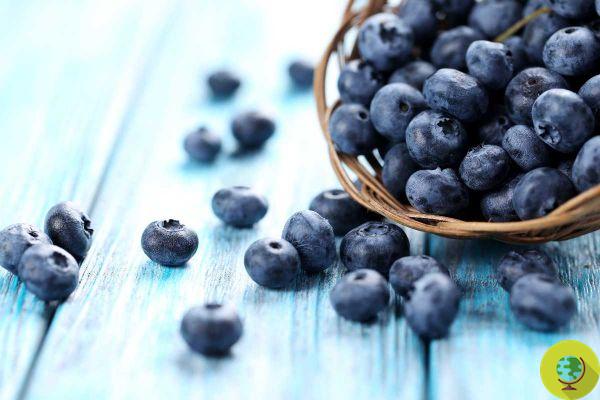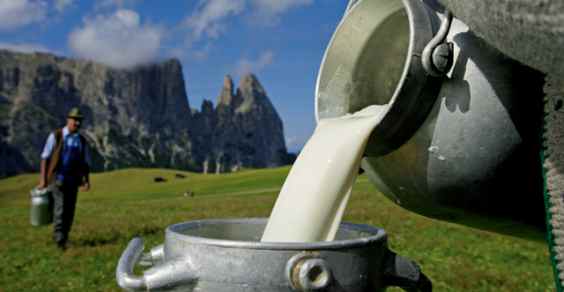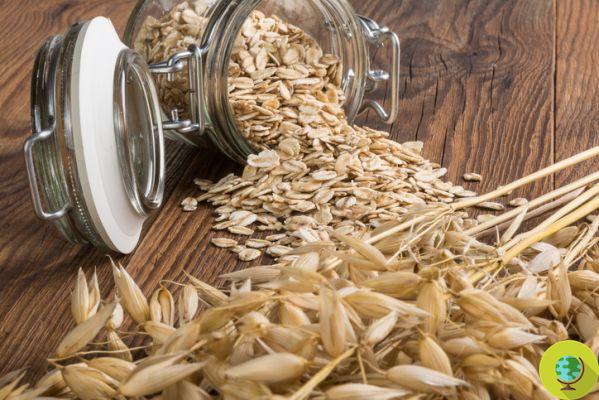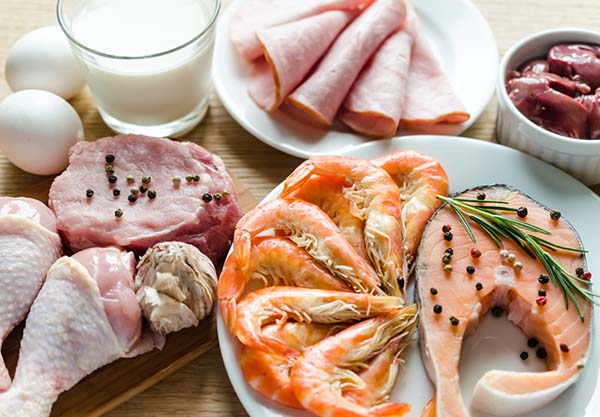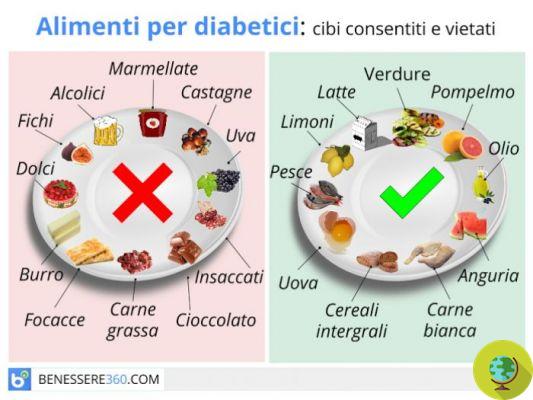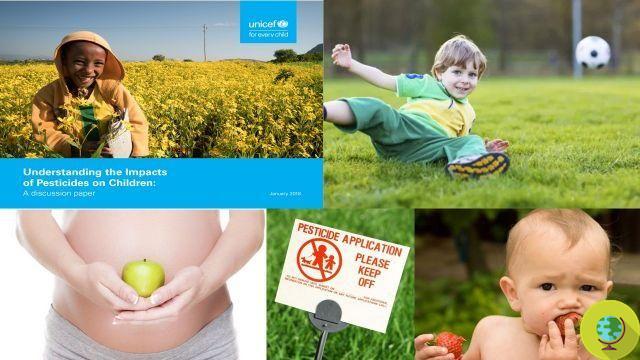
Pesticides and cancer. Ingesting pesticides and other toxic substances present in the form of residues in food is a concern that should not be underestimated regarding the health of adults and children. Preschool children, in particular, are exposed to the greatest risks. The progressive accumulation of toxic substances in food could lead them to develop serious diseases in the future, including cancer.
Don't store avocado like this: it's dangerous
Ingest pesticides and others toxic substances present in the form of residues in food is a concern that should not be underestimated regarding the health of adults and children. THE children in preschool age, in particular, they are exposed to the greatest risks. L'backlog progressive of toxic substances present in alimony it could lead them to develop serious illnesses in the future, including the cancer.
This is what emerges from a study conducted by experts from the University of California at Davis and Los Angeles, who examined theexposure to toxic substances present in the food of adults and children, considering the consequences of the same and its correlation with the onset of diseases such as cancer.
The study in question carries the title of “Cancer and noncancer health effects from food contaminant exposures for children and adults in California: a risk assessment” and was published in the November 2012 issue of “Environmental Health” magazine. It is possible to consult online both the abstract of the study and the complete document, available in PDF format at this address.
The study took into account different age groups: children aged 2 to 4, school children aged 5 to 7, parents and older adults. The results showed that the reference levels for cancer were exceeded in all children with regard to arsenic, dieldrina (insecticidal substance), dioxin e DDE (primary metabolite of the DDT insecticide). Threshold levels relating toacrylamide they were exceeded by 95% of preschool children. The percentage drops to 10% for the levels of mercury.
From the data collected by the experts, it also emerged that a large part of theexposure to pesticides through feeding you derive from consumption of the following foods analyzed: dairy products, tomatoes, peaches, apples, peppers, lettuce, broccoli, strawberries, grapes, spinach, pears, green beans and celery.
The experts, following the study, considered it appropriate to provide some suggestions to avoid the accumulation of toxic substances through the foods chosen for one's diet. The basic rule for consumers concerns the choice of products of biological origin both as regards dairy products and as regards fruit and vegetables. They also advise you to reduce the consumption of food of animal origin, to reduce the simultaneous intake of pollutants and heavy metals.
Finally, they recommend reducing the amount of industrial bakery products containing carbohydrates, such as potato chips, cereal snacks and crackers, to limit your acrylamide intake, a highly toxic substance which is formed during the high temperature cooking process of foods rich in carbohydrates.
Marta Albè
Read also:
- The 12 foods with the most pesticides
- Pesticides in the dish 2012: pay attention to the multi-residue
- 6 ways to reduce exposure to pesticides




